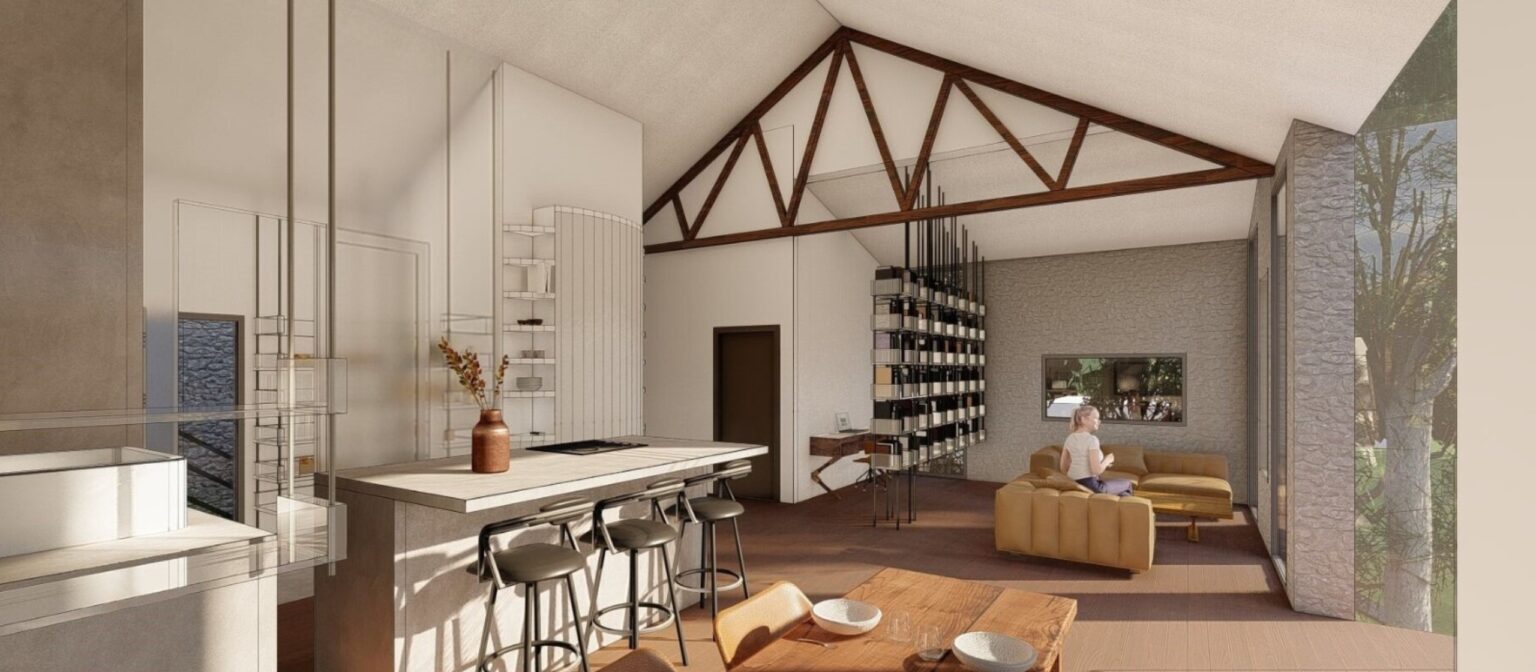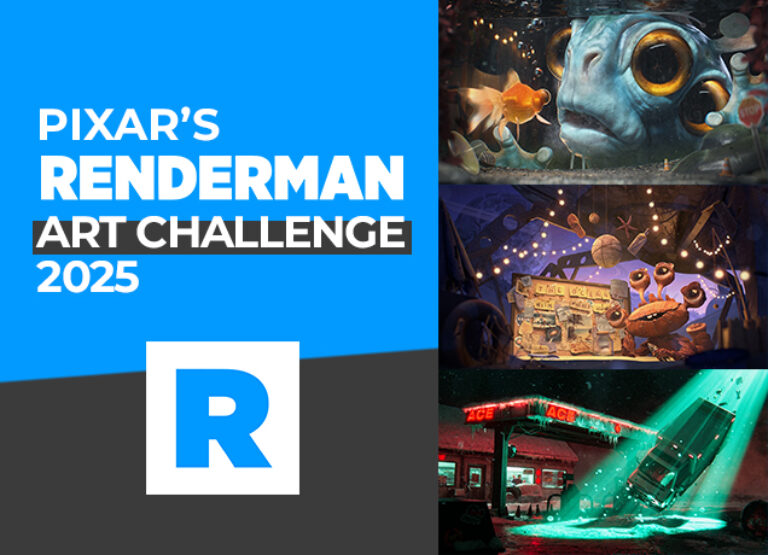
- Published 03.25.2025
- type Thematic news items
- Training Interior Architecture
Summarize with:
Transforming an impersonal place into a welcoming space that tells a story or reflects the personality of its occupants is not something you can improvise. It requires solid knowledge and a creative mind. And that's exactly what interior architecture allows you to acquire and develop. Discover the fundamentals of this fascinating discipline in this article.
What is interior design?
Interior architecture is both an art and a science. It is a complex field aimed at the functional and aesthetic design of interior spaces, whether private or public.
Interior architects must understand their clients’ needs, tastes and budgets. At the same time, they analyse the technical constraints imposed by the building in question. Naturally, knowledge of the latest trends is essential if they are to be able to advise their clients in the best possible way.
History of interior design
The concept of interior architecture emerged at the beginning of the 20th century. Needs and expectations were changing as mass production and industrialisation took their toll on society. People were looking for more than just functional spaces with a few integrated decorations and no real concern for aesthetics. The idea of reconciling utility with beauty was born.
Interior design has evolved considerably over the years. The emergence of new materials, the birth of more modern technologies and the artistic winds blowing through the different eras have all contributed to this.
Today, interior architecture is multidisciplinary. While it always focuses on functionality and design, it also takes into account lifestyle, accessibility and harmony, among other elements.
The main styles of interior architecture
Each style is a breadcrumb trail that guarantees a consistent look. There are countless styles, but the following are the most common.
Modern style
The lines are straight or geometric, the colours are fairly neutral and nature is making its presence felt in modern spaces. Coconut fibres, natural stone, bamboo and other natural materials are used extensively to create a soft, restful cocoon.
Contemporary style
Clean lines and neutral tones dominate the open spaces. A few bright colours are used sparingly to liven things up and add contrast. Solid materials such as travertine and sandstone are perfect for this style.
Scandinavian style
Inspired by the Nordic countries, this style combines minimalism and simplicity with functionality. Light tones and natural light take centre stage.
The classic style
Timelessness is the keyword for classic interior design. It’s an elegant style that never goes out of fashion, despite the emergence of new designs. Luxurious woodwork and mouldings are common features.
The art deco style
Geometric shapes have pride of place! They are combined with very bright colours and materials that evoke a certain luxury (marble, glass…)
The minimalist style
Are you familiar with the expression “less is more”? It’s the basis of minimalist interior design. This style favours functionality and excludes superfluous elements. The shapes are simple and the range of colours is very limited.
The fundamental principles of interior design
Knowing the basic rules is a good start for anyone thinking of taking up interior design. However, mastering them is essential if you want to become a space designer worthy of the name.

The layout of spaces and optimization of volumes
Each element must be intelligently integrated to be truly useful and practical. The aesthetic advantage is significant.
To this end, the layout of spaces is carried out with respect for proportions. The dimensions of the furniture, for example, must be consistent with those of the room. Otherwise, the furniture may appear too small or too bulky.
Visual balance is equally important. While it is not mandatory to aim for perfect symmetry, it is crucial that the whole is harmonious.
Every volume deserves to be exploited to avoid wasting space, regardless of the dimensions and configuration of the room.
The importance of light in interior design
Lighting influences the perception of space. If there is insufficient light, occupants may feel cramped, even in a large room with good proportions. In interior design, the contribution of natural light is optimized but it is also combined with artificial light. This will create the desired atmosphere, enhance specific decorative elements (paintings, for example) and improve visual comfort.
The choice of materials and colors
The materials set the tone for the style. While it is entirely possible to use several different materials, harmony between them remains essential. A thorough study is therefore necessary beforehand. From floor and wall coverings to door handles, furniture and household linen, interior designers leave nothing to chance.
Colors and patterns influence the overall atmosphere. Are you going to create a warm space, a place full of energy or design a room that is meant to be relaxing? The psychological impacts of shades of the same color can differ!
Find out more by looking into courses specializing in interior design such as the one offered by ESMA, which takes five years to complete and leads to an RNCP Level 7 qualification equivalent to a Bac+5.
Areas of application of interior design
Interior design applies to all fields. Naturally, the requirements differ from one sector to another.

Homes
It is extremely common to call on the services of interior designers in the residential sector. Customers are mainly looking to make their living spaces more comfortable and beautiful. Different styles can be applied depending on the room to be created or transformed, as personal tastes and preferences are largely taken into account.
Offices and professional spaces
Ergonomics are essential in the workplace. It is essential that employees feel comfortable. At the same time, spaces must be welcoming to visitors and reflect the spirit and values of the company.
Shops and public places
Comfort, well-being and functionality are paramount in public and commercial spaces. It’s essential that people using these spaces can find their way around and get around easily.
The role of the designer in commercial architecture is to intervene in the design of the space, its layout or its rehabilitation, following the constraints related to the type of space to be constructed. For example, the approaches will depend on the use of the premises concerned. A stimulating environment will be suitable in an educational space, for example, while hygiene and tranquillity will be favoured in medical environments. The role of the commercial architecture designer is to intervene in the design of the space, its layout or its renovation, following the constraints related to the type of space to be built.
Tools used in interior architecture
A wide range of tools is essential if you plan to specialise in interior architecture.
On your first visit, bring along some measuring tools (laser, spirit levels, tape measure, etc.). Knowing the precise measurements will help you to respect proportions and ensure balance between the elements you will be integrating.
You’ll also need tools that are suitable for freehand sketching for your initial sketches and note-taking. This will allow you to represent your customers’ ideas and/or give them a preview of your own.
Mood boards are very useful. Also known as trend boards, these tools contain examples of styles, textures and colours that your customers can use as inspiration.
Computer-Aided Design (CAD) software is a powerful ally for your 2D and 3D plans. They allow you to visualise the space as a whole, but also to focus on the details.
Software for creating plans with photo-realistic rendering is also available. Once you have fine-tuned all the details, you can present your proposals to your customers, who will easily be able to project themselves into the images.
Don’t forget to take material samples with you when you present your work to your customers. This will give them the opportunity to choose the types of wood, textile fibres and other materials that will dress their spaces.
Now you know the basics about interior design, a field that opens up many new avenues for those with a passion for decoration and interior design.





